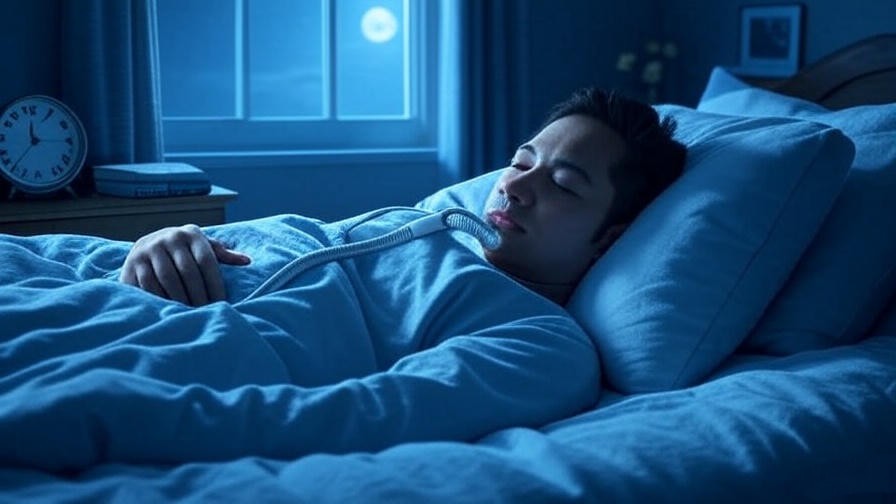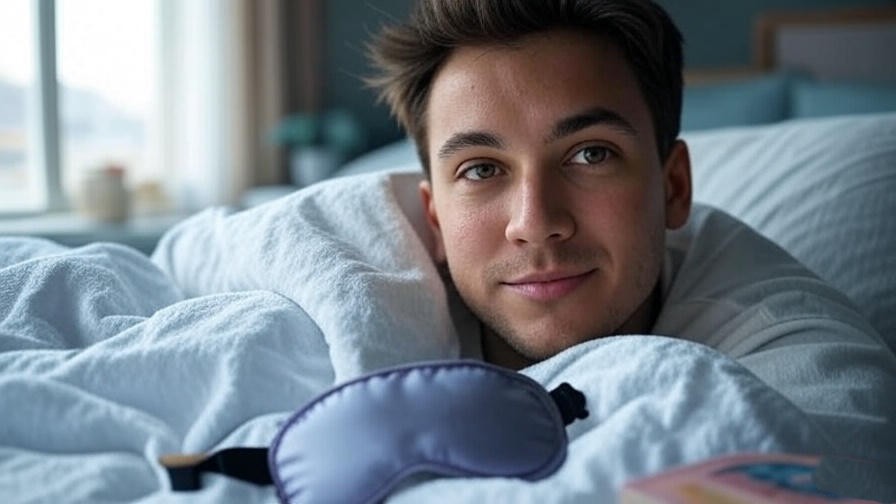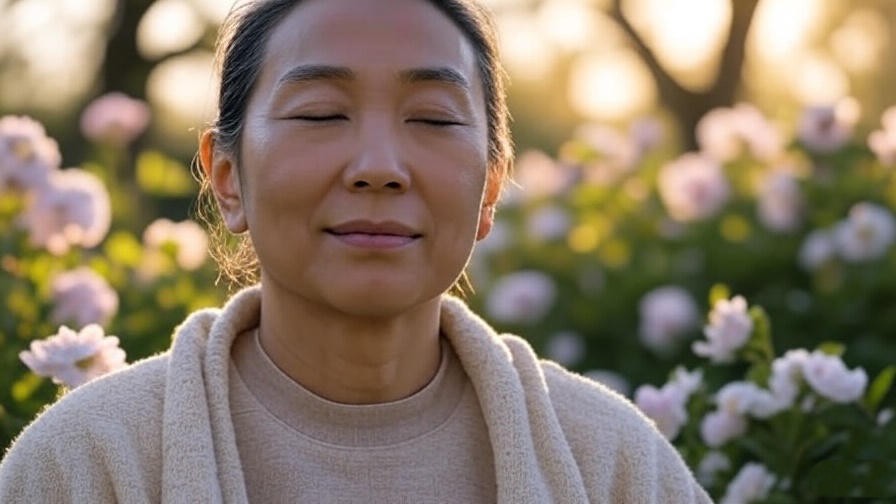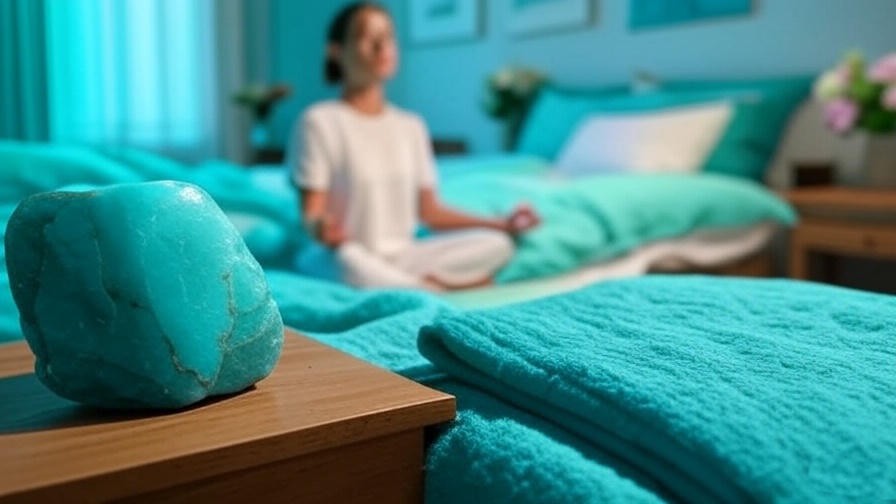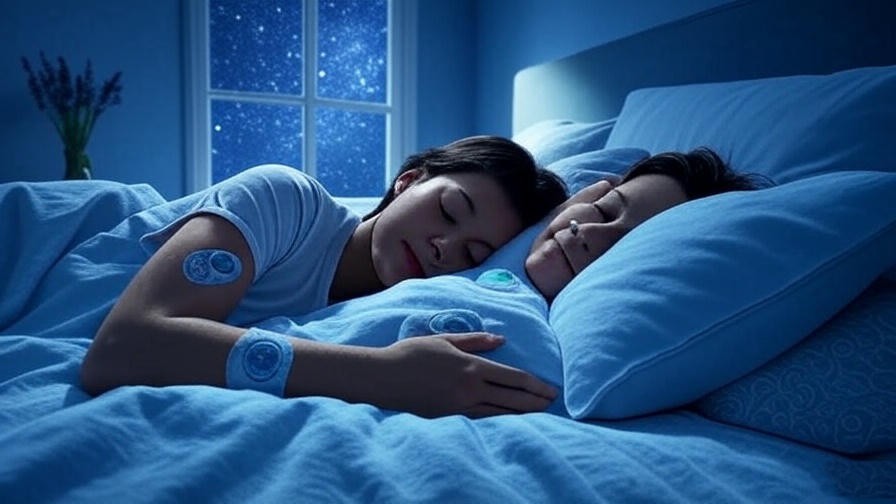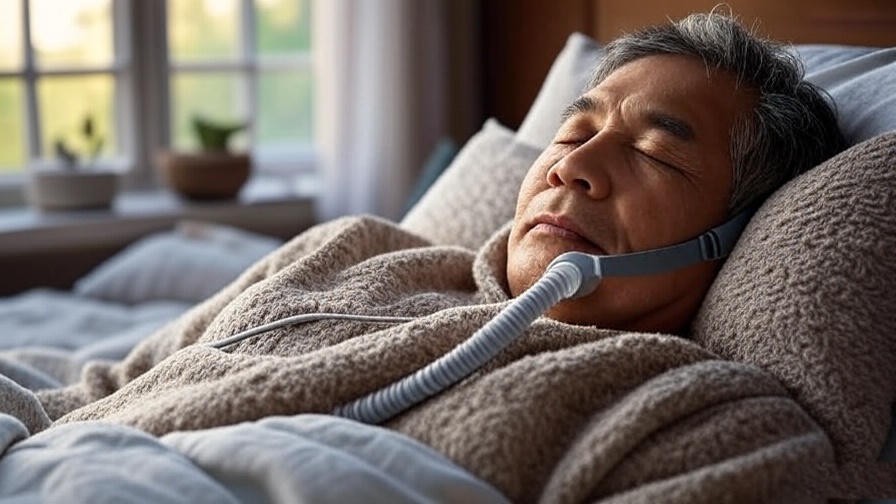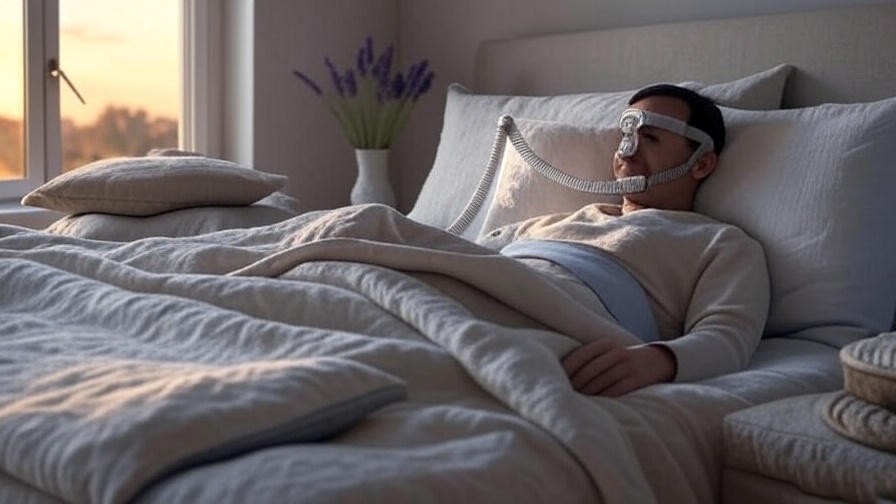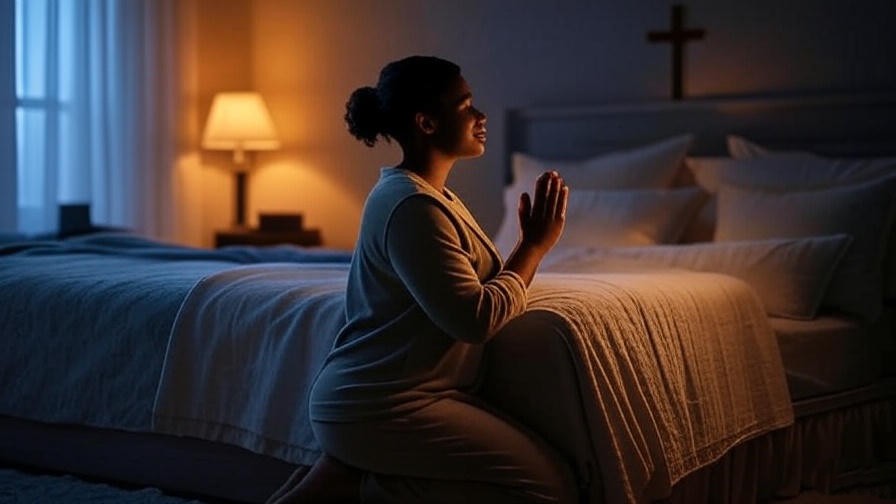Imagine waking up each morning feeling like you haven’t slept at all—exhausted, foggy, and struggling to focus on even simple tasks. For millions of people with sleep apnea, this is their daily reality. But is sleep apnea a disability? This question weighs heavily on those grappling with its debilitating effects, wondering if they qualify for legal protections or disability benefits. Sleep apnea, a condition where breathing repeatedly stops during sleep, affects over 30 million Americans, according to the American Academy of Sleep Medicine. Left untreated, it can wreak havoc on your health, work, and quality of life. In this comprehensive guide, we’ll explore whether sleep apnea qualifies as a disability, your legal rights under laws like the Americans with Disabilities Act (ADA), and practical steps to manage your health holistically. Whether you’re seeking workplace accommodations, disability benefits, or better sleep, this article offers actionable insights to empower you.
What Is Sleep Apnea? A Quick Overview
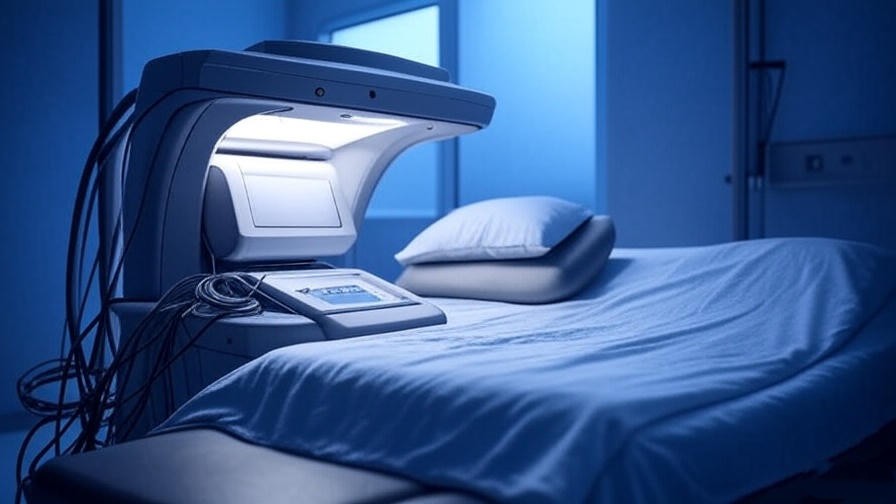
Defining Sleep Apnea
Sleep apnea is a serious sleep disorder characterized by repeated interruptions in breathing during sleep. These pauses, called apneas, can last from a few seconds to over a minute, occurring dozens or even hundreds of times per night. There are three main types:
- Obstructive Sleep Apnea (OSA): The most common form, caused by a physical blockage of the airway, often due to relaxed throat muscles or excess tissue. It’s frequently linked to obesity or anatomical factors like a narrow airway.
- Central Sleep Apnea (CSA): Less common, this occurs when the brain fails to send proper signals to the muscles controlling breathing. It’s often associated with neurological conditions or heart failure.
- Complex Sleep Apnea Syndrome: A combination of OSA and CSA, requiring specialized treatment.
Understanding the type of sleep apnea you have is crucial, as it affects both treatment options and potential disability claims. A sleep study, or polysomnography, conducted in a sleep lab or at home, is the gold standard for diagnosis.
Symptoms and Health Risks
Sleep apnea is often misunderstood as “just snoring,” but its symptoms extend far beyond nighttime noise. Common signs include:
- Loud, chronic snoring with gasping or choking sounds
- Excessive daytime sleepiness, even after a full night’s sleep
- Difficulty concentrating, memory problems, or irritability
- Morning headaches or dry mouth
- Frequent nighttime urination
Untreated sleep apnea poses significant health risks. According to the National Institutes of Health, it increases the likelihood of hypertension, heart disease, stroke, type 2 diabetes, and liver dysfunction. The repeated oxygen deprivation during apneas stresses the cardiovascular system, potentially leading to life-threatening complications. Additionally, the chronic fatigue caused by poor sleep can impair daily functioning, from driving safely to performing well at work.
Why It’s More Than Just Snoring
For many, sleep apnea isn’t just a minor inconvenience—it’s a life-altering condition. Take Sarah, a 42-year-old teacher who struggled with undiagnosed OSA for years. Her constant fatigue led to missed deadlines, strained relationships, and a near-accident while driving. After a sleep study confirmed severe sleep apnea, she began treatment and regained her energy, but not before her career and confidence took a hit. Stories like Sarah’s highlight why sleep apnea demands serious attention, especially when considering its potential as a disability.
Is Sleep Apnea a Disability? The Legal Perspective
Defining “Disability” Under the Law
To determine whether sleep apnea qualifies as a disability, we must first understand how the law defines the term. Under the Americans with Disabilities Act (ADA), a disability is a physical or mental impairment that substantially limits one or more major life activities, such as breathing, sleeping, working, or concentrating. The Social Security Administration (SSA) uses a stricter standard for disability benefits, requiring that the condition prevents substantial gainful activity (work) for at least 12 months or is expected to result in death.
Does Sleep Apnea Qualify as a Disability?
Sleep apnea can qualify as a disability under the ADA if it significantly impairs daily functioning. For example, severe OSA causing chronic daytime fatigue may limit your ability to work, concentrate, or engage in social activities. The SSA’s Blue Book, which outlines conditions eligible for Social Security Disability Insurance (SSDI), includes sleep-related breathing disorders under Section 3.09 (Chronic Pulmonary Insufficiency). To qualify, you must provide medical evidence, such as:
- A sleep study showing an Apnea-Hypopnea Index (AHI) score of 40 or higher (indicating severe sleep apnea)
- Documentation of complications, like heart failure or cognitive impairment
- Proof that the condition prevents you from maintaining employment
Mild cases of sleep apnea may not qualify unless they cause significant secondary conditions, such as depression or pulmonary hypertension. Consulting a sleep specialist or disability attorney can help clarify your eligibility.
Real-World Implications
If sleep apnea qualifies as a disability under the ADA, you may be entitled to reasonable workplace accommodations. These could include flexible work hours to manage fatigue, breaks to use a CPAP (Continuous Positive Airway Pressure) machine, or a modified workspace to reduce physical strain. For example, John, a warehouse manager with severe OSA, successfully requested a shift change to avoid early mornings when his fatigue was worst. His employer complied under ADA guidelines, improving his productivity and well-being.
Expert Insight: Dr. Emily Chen, a board-certified sleep medicine specialist, notes, “Severe sleep apnea can profoundly impact a patient’s ability to function, often meeting the criteria for a disability. However, thorough documentation and collaboration with healthcare providers are critical for legal recognition.”
Health Impacts of Sleep Apnea: Why It Matters
Physical Health Consequences
Sleep apnea’s toll on the body is extensive. The repeated drops in oxygen levels during apneas strain the cardiovascular system, increasing the risk of:
- Hypertension: Studies in the Journal of Clinical Sleep Medicine show that 50–70% of people with OSA develop high blood pressure.
- Heart Disease: The American Heart Association links untreated sleep apnea to a higher risk of heart attack and heart failure.
- Stroke: Oxygen deprivation and blood pressure spikes during apneas elevate stroke risk by up to 30%, per the National Stroke Association.
- Metabolic Disorders: Sleep apnea is strongly associated with insulin resistance and type 2 diabetes.
These risks underscore the urgency of addressing sleep apnea, not just for comfort but for long-term survival.
Mental and Emotional Toll
Beyond physical health, sleep apnea takes a significant mental and emotional toll. Chronic sleep deprivation can lead to:
- Anxiety and Depression: A 2023 study in the American Journal of Respiratory and Critical Care Medicine found that people with untreated OSA are twice as likely to develop depression.
- Cognitive Decline: Memory problems and difficulty concentrating are common, impacting work and relationships.
- Irritability and Mood Swings: Lack of restorative sleep can strain personal connections, as seen in cases like Sarah’s, where family tensions arose from her untreated symptoms.
Impact on Work and Productivity
Sleep apnea’s daytime fatigue can jeopardize workplace performance and safety. For professions requiring high alertness, such as truck drivers or construction workers, the risks are even greater. The Occupational Safety and Health Administration (OSHA) highlights that untreated sleep disorders contribute to thousands of workplace accidents annually. For example, a 2021 report noted that drowsy driving, often linked to sleep apnea, causes over 300,000 crashes yearly in the U.S.
Navigating Disability Benefits for Sleep Apnea
Applying for Social Security Disability Benefits
Securing SSDI or Supplemental Security Income (SSI) for sleep apnea requires a robust application. Here’s a step-by-step guide:
- Gather Medical Evidence: Obtain a sleep study confirming your diagnosis, along with physician reports detailing symptoms and limitations.
- Document Functional Impairments: Provide evidence of how sleep apnea affects your ability to work (e.g., inability to stay awake or focus).
- Submit Your Application: File through the SSA’s online portal or at a local office, including all medical records and work history.
- Follow Up: Be prepared for a lengthy review process, often taking 3–6 months.
The SSA evaluates whether your condition meets the Blue Book criteria or if secondary complications (e.g., heart failure) qualify you.
Workplace Accommodations Under the ADA
If you’re still working, the ADA entitles you to reasonable accommodations. Examples include:
- Flexible Schedules: Adjust work hours to align with your energy levels.
- Remote Work: Reduce commuting stress, which can exacerbate fatigue.
- CPAP Breaks: Allow time to use a CPAP machine during long shifts.
Sample Accommodation Request Letter:
Dear [Employer’s Name],
I am writing to request reasonable accommodations under the Americans with Disabilities Act (ADA) due to my diagnosis of obstructive sleep apnea, which substantially limits my ability to [describe specific limitations, e.g., stay alert during early shifts]. I respectfully request [specific accommodation, e.g., a modified schedule allowing later start times]. I am happy to provide medical documentation and discuss how we can implement these changes to support my productivity.
Sincerely,
[Your Name]
Challenges and Tips for Approval
Many SSDI applications are initially denied due to insufficient evidence. To strengthen your case:
- Work with a disability attorney to navigate the complex application process.
- Keep detailed records of symptoms, treatments, and their impact on your life.
- If denied, appeal within 60 days, as many claims are approved at the appeal stage.
Expert Tip: Disability advocate Lisa Thompson advises, “Consistency is key. Document every doctor’s visit, sleep study, and symptom to build a compelling case for benefits.”
Managing Sleep Apnea: Health and Lifestyle Solutions
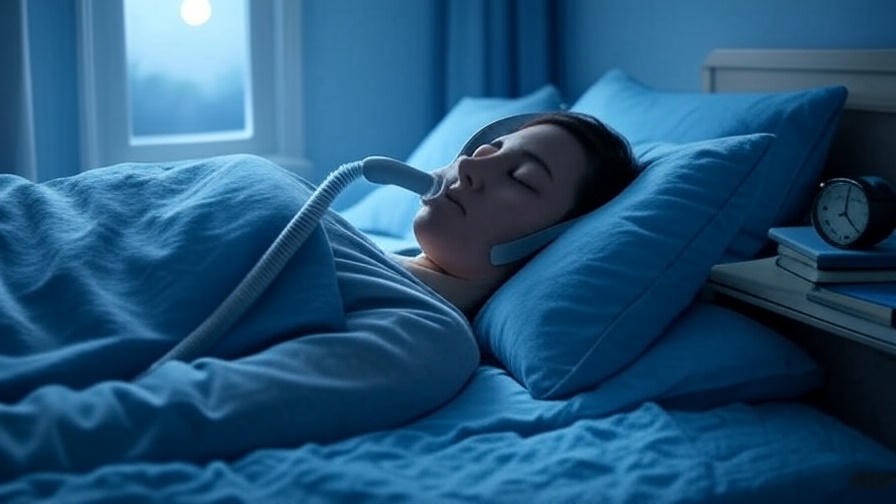
Medical Treatments
Effective management of sleep apnea often begins with medical interventions tailored to the condition’s severity and type. Here are the most common treatments:
- Continuous Positive Airway Pressure (CPAP): The gold standard for obstructive sleep apnea, CPAP machines deliver a steady stream of air through a mask to keep airways open during sleep. Studies from the American Journal of Respiratory and Critical Care Medicine show that consistent CPAP use reduces daytime fatigue in 80% of patients.
- Oral Appliances: For mild to moderate OSA, dental devices that reposition the jaw or tongue can prevent airway collapse. These are ideal for those who find CPAP uncomfortable.
- Surgical Options: In severe cases or when CPAP fails, procedures like uvulopalatopharyngoplasty (UPPP) or maxillomandibular advancement may be considered to remove or reposition tissue. However, surgery is typically a last resort due to risks and varying success rates.
- Adaptive Servo-Ventilation (ASV): Used for central sleep apnea, ASV adjusts air pressure based on breathing patterns, offering relief for complex cases.
Consistent treatment can significantly reduce symptoms, potentially eliminating the need for disability accommodations by restoring normal sleep patterns. Consult a sleep specialist to determine the best approach, as treatment effectiveness varies by individual.
Lifestyle Changes for Holistic Well-Being
Beyond medical interventions, lifestyle changes play a critical role in managing sleep apnea and align with holistic well-being principles. Consider these evidence-based strategies:
- Weight Management: Excess weight, particularly around the neck, is a major risk factor for OSA. A 2022 study in Sleep Medicine found that a 10% reduction in body weight can decrease AHI scores by up to 26%. Incorporate a balanced diet rich in whole foods and regular exercise, such as yoga or walking, to support weight loss.
- Positional Therapy: For some, sleeping on their back worsens OSA. Sleeping on your side or using a positional pillow can reduce apneas. Devices like a tennis ball sewn into the back of a sleep shirt can prevent rolling onto your back.
- Avoid Alcohol and Sedatives: These substances relax throat muscles, exacerbating airway obstruction. Limit consumption, especially in the evening, to improve breathing during sleep.
- Quit Smoking: Smoking inflames airways, worsening sleep apnea. The CDC notes that quitting smoking can improve respiratory health within weeks.
These changes not only alleviate symptoms but also enhance overall health, tying into the broader goals of happiness and well-being central to your lifestyle.
The Role of Sleep Hygiene
Good sleep hygiene complements medical and lifestyle interventions, creating an optimal environment for restorative sleep. Here’s a practical checklist:

- Maintain a Consistent Schedule: Go to bed and wake up at the same time daily, even on weekends, to regulate your body’s internal clock.
- Optimize Your Bedroom: Keep it dark, quiet, and cool (60–67°F is ideal, per the National Sleep Foundation). Use blackout curtains and a white noise machine if needed.
- Limit Screen Time: Blue light from phones and computers suppresses melatonin production. Avoid screens at least an hour before bed.
- Practice Relaxation Techniques: Incorporate mindfulness or meditation to reduce stress, which can worsen sleep apnea symptoms.
Mindfulness Exercise: Try this 5-minute breathing meditation before bed to promote relaxation:
- Sit or lie comfortably in a quiet space.
- Inhale deeply through your nose for 4 seconds, feeling your belly expand.
- Hold for 4 seconds, then exhale slowly through your mouth for 6 seconds.
- Repeat for 5 minutes, focusing on your breath to calm your mind.
Case Study: Meet David, a 50-year-old accountant who struggled with moderate OSA. After starting CPAP therapy, losing 15 pounds through diet and yoga, and adopting a strict sleep schedule, his AHI score dropped from 25 to 10. His energy levels soared, and he avoided filing for disability benefits by regaining control of his health.
Sleep Apnea and Your Rights: Advocacy and Support
Know Your Legal Protections
Understanding your rights is crucial for navigating sleep apnea’s challenges. Under the Americans with Disabilities Act (ADA), you’re protected from workplace discrimination if sleep apnea qualifies as a disability. This means employers cannot fire or penalize you for symptoms like fatigue, provided you request reasonable accommodations. The Family and Medical Leave Act (FMLA) also allows up to 12 weeks of unpaid leave for medical issues, including sleep apnea-related treatments or recovery from surgery.
For example, if daytime sleepiness affects your performance, you can request accommodations like a quieter workspace or time off for medical appointments. These protections ensure you can manage your health without jeopardizing your career.
Finding Support and Resources
You don’t have to face sleep apnea alone. Reputable organizations offer valuable resources:
- American Academy of Sleep Medicine (AASM): Provides educational materials and a directory of accredited sleep centers.
- National Sleep Foundation: Offers tips on sleep hygiene and advocacy tools.
- MyApnea.org: A community platform for patients to share experiences and learn about treatment options.
Online forums, such as Reddit’s r/SleepApnea, connect you with others facing similar challenges. Local support groups, often hosted by hospitals or sleep clinics, provide in-person encouragement. These resources empower you to make informed decisions about your health and rights.
Advocating for Yourself
Effective self-advocacy is key to managing sleep apnea and securing accommodations. Here are practical tips:
- Communicate Clearly: When discussing your condition with employers or doctors, be specific about symptoms and their impact. For example, explain how fatigue affects your productivity rather than simply stating you’re tired.
- Document Everything: Keep a log of symptoms, treatments, and workplace challenges to support accommodation or disability claims.
- Seek Professional Guidance: Work with a sleep specialist to optimize treatment and a disability advocate for legal matters.
Sample Script for Discussing Sleep Apnea with HR:
“Hi [HR Representative’s Name], I’d like to discuss a health condition that’s affecting my work. I’ve been diagnosed with sleep apnea, which causes significant daytime fatigue. I’d like to explore accommodations, such as a flexible start time, to help me perform at my best. I can provide medical documentation and work with you to find a solution that benefits both me and the company.”
Frequently Asked Questions (FAQs)
Can mild sleep apnea qualify as a disability?
Mild sleep apnea is unlikely to qualify unless it causes significant secondary conditions, like severe depression or heart disease, that impair major life activities. Consult a doctor to assess your case.
How do I know if my sleep apnea is severe enough for disability benefits?
A sleep study showing an AHI score of 40 or higher, combined with documented functional limitations (e.g., inability to work), is typically required. Review the SSA’s Blue Book Section 3.09 for details.
What accommodations can I request at work for sleep apnea?
You can request flexible hours, remote work, CPAP breaks, or a quieter workspace. Ensure requests are reasonable and supported by medical documentation.
Can lifestyle changes eliminate the need for disability accommodations?
Yes, effective treatment (e.g., CPAP, weight loss) can reduce symptoms enough to restore normal functioning, potentially negating the need for accommodations or benefits.
How long does it take to get approved for SSDI with sleep apnea?
The SSA review process typically takes 3–6 months, though appeals can extend this timeline. Working with an attorney can expedite approvals.
Conclusion
Sleep apnea is more than a sleep disorder—it’s a condition that can profoundly impact your health, work, and quality of life. For some, it qualifies as a disability, opening the door to legal protections under the ADA and potential SSDI benefits. By understanding your rights, pursuing effective treatments like CPAP or lifestyle changes, and advocating for yourself, you can regain control of your health and well-being. Sleep is the foundation of happiness and holistic health, and addressing sleep apnea is a critical step toward a more vibrant life. Consult a sleep specialist, explore your workplace rights, and take proactive steps today. Have you or a loved one faced challenges with sleep apnea? Share your story in the comments or reach out to a sleep coach for personalized guidance.

